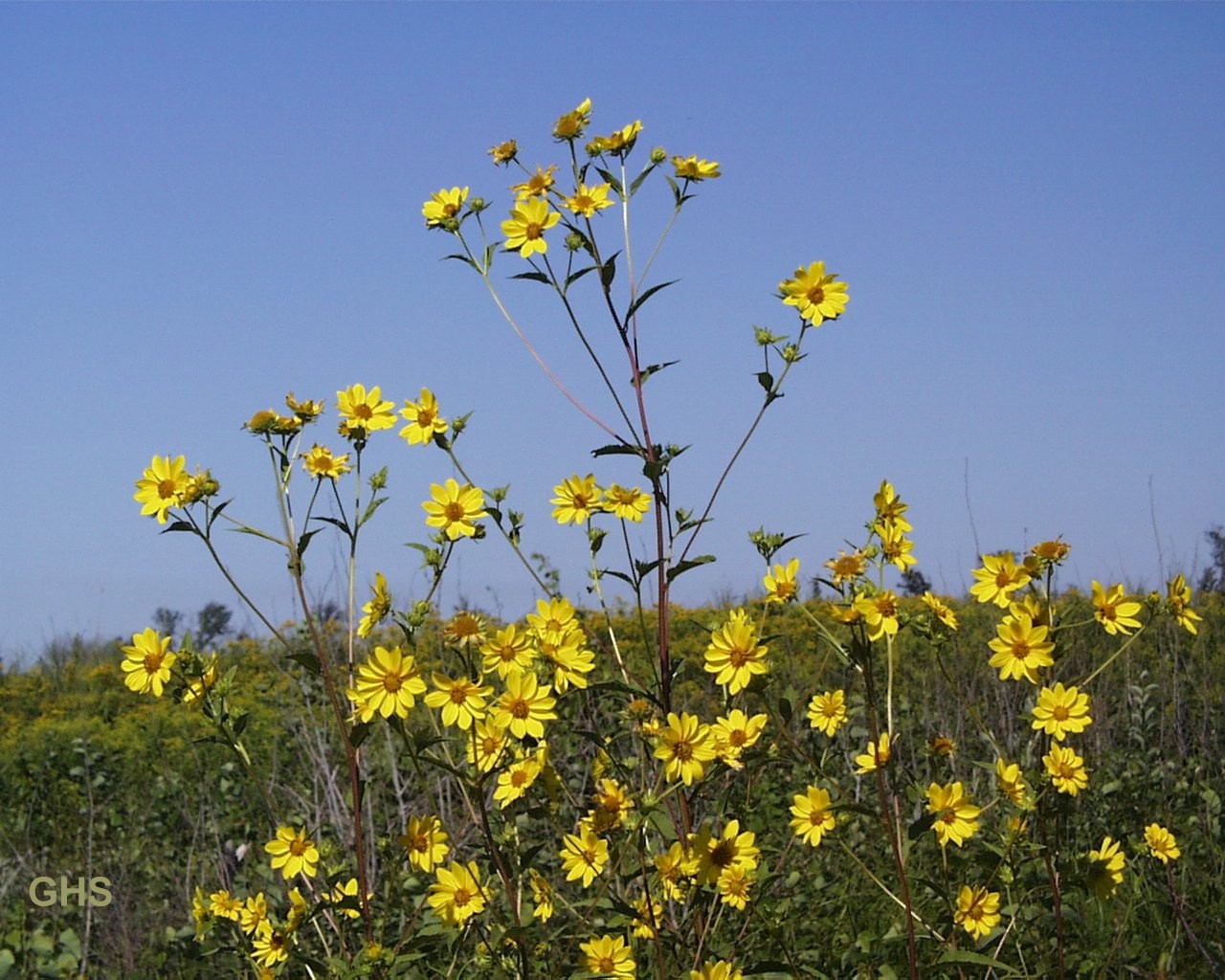Plant of the day is: Lindera benzoin or Northern spicebush
Time to bring a little sunshine into these darker days. Lindera has long been a bit of a favorite of mine, and a wonderful harbinger of Spring. It's a distinctive plant, once you get an eye for it, and can often grow in large swaths of land, making for a gorgeous display of flowers, berries, and some Fall color. As a Missouri native, I've enjoyed its company many a time.
General stuff: Typically found in lower elevations and/or near streams. The higher you climb in elevation, the less likely you'll be to find. During a lovely hike at LaBarque Creek Conservation Area last Friday, these were flowering in full swing. While the flowers can be on the smaller side, in large groupings, they add a lovely yellow tint that can be seen for dozens of feet. It's a plant that sees usage in some gardens, but probably not enough, easily a plant of merit that deserves plenty of attention.
Taxonomy, etc.: A member of the Lauraceae family, with 45 genera and about 2,850 species. Worth noting that they are dioecious, meaning they have male flowers and female flowers on separate plants. The genus is named after Johann Linder, a Swedish botanist and physician. I wasn't able to find all that much on Linder doing some quick searching, curious what stories are to be found. The specific epithet (it's "last" name) comes from the Arabic for aromatic gum. It is also shares a family with Sassafras, another Missouri native you can typically find at slightly higher elevations. Most of the family is evergreen, so both Sassafras, and Lindera are exceptions. The description of this plant is well documented so I won't go into much detail, as you can see form the photos, clusters of yellow flowers and red berries later in the season are good giveaways. I find I don't typically find single plants of these often, more often in clusters. If you see a plant with alternate leaves, and red berries, crush up the leaves/stems a bit and see if it smell a bit citrusy and nice. Absolutely love that smell.
Description/Culture: As you can see in the below photograph, it is a loosely shaped small tree/shrub. Typically growing somewhere between 2 to 4 meters in height and spread. In nature, where it is found under the canopy of oak/hickory forests and open woodlands at lower elevations, it typically is around the 2 to 3 meter size. Like many plants, best flowering and fall color is achieved in full sun. Much like our native dogwoods and service berries, they will often require additional moisture if sited in full sun. They are very tolerant of wet soils and although I haven't tried it, I think plantings near Cephalanthus occidentalis in wetter spots of a landscape would be a wonderful combination. Germination data is quite contradictory, with some sites calling for warm stratification before cold (double dormancy) and some calling for merely cold stratification. If I had a bunch of seeds I'd love to do a few trials and settle it once and for all. I did find a few sites calling for 30 days warm stratification before 90 days cold. If I were to attempt to germinate these, that is what I would try first. In climates where this is native, alternatively you could try sowing these outside with some protection from critters. A few sources indicate that the seed should not be dried out or it looses viability, the Kew Seed Information Database lists it as Uncertain, so recalcitrance IS a possibility. I have grown a few of these from seeds, they are fairly easy and resilient, they do not particularly like our high pH tap water here in STL (up to 9 at times). Rainwater or RO water is preferred if growing in cultivation.
Lindera benzoin photo credit: David Stang
Bonus!: You didn't think I'd forget the butterflies did you!? They are a host plant for the caterpillars of the spicebush swallowtail butterfly. My call to action to you all is simple, plant one! Both the butterflies AND this plant are worthy of appreciation and you've got to have one to get the other. Cultivate a little bit of natural beauty in your own garden!
Spicebush Swallowtail photo credit: Katja Schulz



















